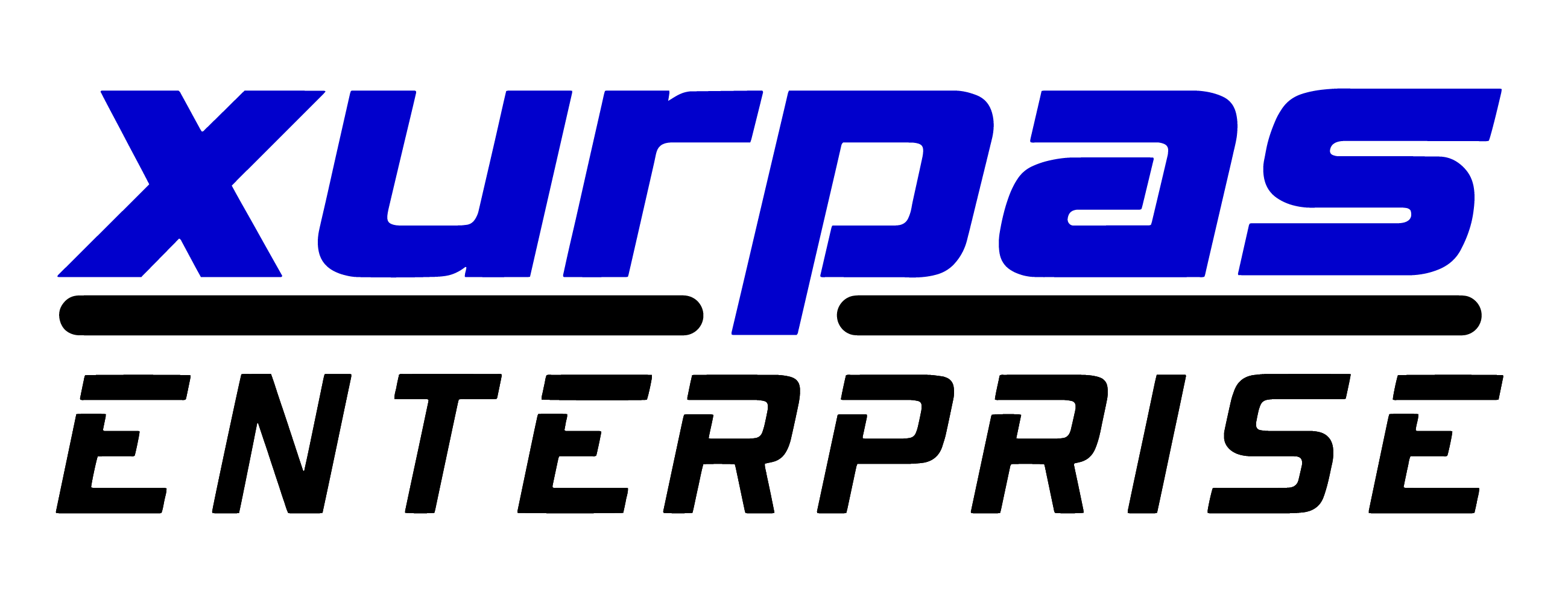
All organizations aim to achieve digital maturity because they become highly capable in responding quickly and efficiently to market changes, crises, and disasters.
In order to reach this level of stability, business leaders shoul d focus on the company’s digital transformation – a long and thorough process that can change the way employees move, think, work, and evolve.
Digital maturity cannot be achieved without undergoing digital transformation. How do these concepts and the processes behind them work hand in hand to create the company’s stability?
How Digital Maturity and Digital Transformation Impact Each Other
Before anything, let’s get one thing clear: Digital transformation and digital maturity are not the same. Digital transformation is when an organization changes its processes by using digital technologies and advancements. Digital maturity, on the other hand, is the degree to which the organization understands and executes these changes.
An organization must understand its digital maturity level before it heads to digital transformation. Otherwise, they may end up with roadblocks that disrupt their processes. This kind of understanding must also be applied the other way around: An organization must develop a digital maturity model using data-driven insights or they could encounter difficulty in assessing which areas need the most attention in driving transformation. Just like the certainty of the connection between these two concepts, it’s also certain that digital transformation continuously evolves.
The Digital Maturity Models (DMMs)
Now that we’ve established the importance of an organization understanding its digital maturity level, we must now understand the different digital maturity models. These are frameworks that organizations use to assess their level of digital maturity. A digital maturity model also includes a plan to reach digital maturity goals, strategize the organization’s growth, and determine its success.
The digital maturity model below was developed by Google and the Boston Consulting Group and shows four stages of digital maturity.

1. Nascent
At this stage, the main focus is establishing the connection and trust in data and organizational collaboration. This stage is more inclined to organizational items than technical ones.
It’s typical to see non-collection of data, little team collaboration, and a lack of trust in data quality at this stage. To move forward to the next stage, an organization must focus on the improvement of data quality and the security of executive buy-in.
2. Emerging
Organizations at this stage focus on living into the data democracy that began in the previous stage with the documentation of their processes and the alignment of KPIs and lexicons across units. Scales begin to tip from organizational concentration to technology. At this stage, organizations would begin to realize the essence of sharing data across teams but are still not on the same page.
Organizations that aim to head to the third stage must focus on being on the same page across the whole organization and documenting the process.
3. Connected
When an organization is at this stage, they share data across teams and effectively use it to create better results in relation to their revenue. Those in this stage focus on integrating platforms and tying together online and offline data. This stage focuses more on technology than organizational items.
To reach the fourth stage, organizations must already have mastered tying online and offline data and accrediting their efforts to their profits.
4. Multi-Moment
This stage is where organizations deliver vibrant personalized experiences. They use custom attribution models to comprehend their marketing efforts and they use the cloud to deliver this swiftly. Organizations at this stage focus on incremental efficiencies — highlighting both organizational and technology efforts. They use data-driven integrations and optimize across every department, touchpoint, and channel.
Dave Rutkowski, the CEO of Performance Improvement Partners, visualizes the DMMs into these three categories: generic, detailed, and industry-specific.
In conclusion, your organization’s digital maturity level is based on its ability to respond and adapt to market changes. With that, determining your digital maturity must include all factors such as customers, business needs, and external and internal stakeholders.


